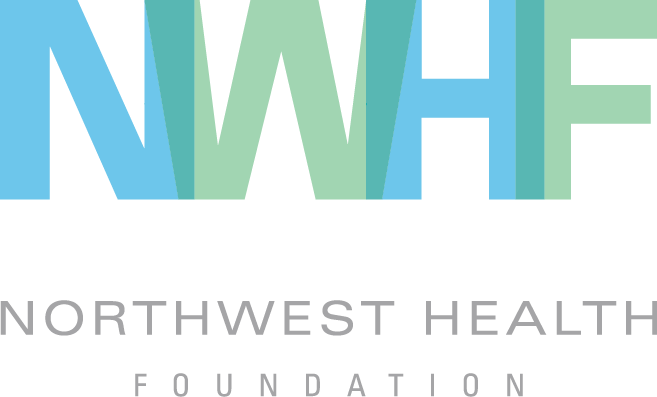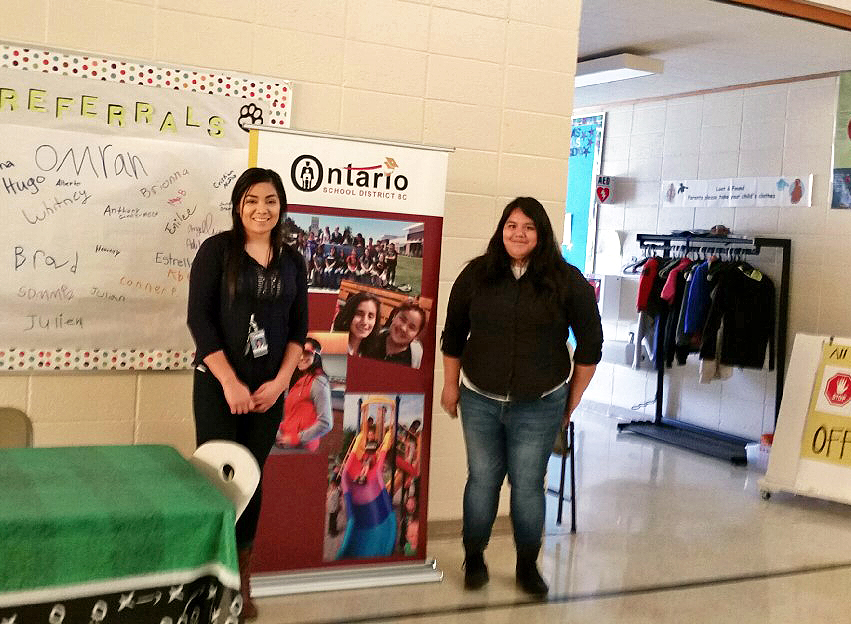Check Out Our Partners in Willamette Week's 2016 Give!Guide
/It's giving season again, folks! That means Willamette Week's Give!Guide is collecting donations now through midnight on December 31st, with a goal of raising $3,600,000 total for 141 deserving Portland nonprofits.
Several of those 141 nonprofits are Northwest Health Foundation's past and current funded partners. We've highlighted five below! These community organizations are doing amazing work for our region, and they have earned every bit of support you can offer them.
Black Parent Initiative
What is Black Parent Initiative? Black Parent Initiative (BPI) is the only culturally specific organization in Portland focused solely on supporting parents as a vehicle for enhancing the lives of Black youth. It helps families achieve financial, educational and spiritual success.
How is NWHF supporting BPI? NWHF is currently funding BPI through the Kaiser Permanente Community Fund to engage low-income African American families in comprehensive home-visiting services.
Why should I give to them? Children are more likely to succeed in learning, life and realizing their dreams when supported by stable and engaged adults; and communities are more likely to succeed when they prepare their children to succeed. By supporting BPI, you support a vibrant, thriving Portland.
Community Alliance of Tenants
What is Community Alliance of Tenants? Community Alliance of Tenants (CAT) builds tenant power through education, advocacy, building-based organizing, leadership development and membership engagement.
How is NWHF supporting CAT? Last year NWHF supported CAT's Renter State of Emergency campaign.
Why should I give to them? Portland is in the midst of an affordable housing crisis, and renters are the people most impacted by it. CAT is on the front lines striving to protect renters through advocacy and legislation. In 2015, CAT's Renter State of Emergency prompted the City of Portland to declare a Housing State of Emergency. Now CAT is running a #JustCauseBecause campaign to protect tenants from no cause evictions. By giving to CAT, you contribute to all Oregonians having a stable place to live.
Immigrant and Refugee Community Organization
What is Immigrant and Refugee Community Organization? Immigrant and Refugee Community Organization (IRCO) promotes the integration of refugees, immigrants and the community at large into a self-sufficient, healthy and inclusive multi-ethnic society. Founded in 1976 by refugees for refugees, IRCO has nearly 40 years of history and experience working with Portland's refugee and immigrant communities.
How is NWHF supporting IRCO? IRCO is the lead organization for one of our Healthy Beginnings+Healthy Communities Collaboratives: Immigrant and Refugee Engage Project.
Why should I give to them? Immigrants and refugees are a boon to our communities and our economy. Unfortunately, many of them now face the likelihood of unjust legislation by the new federal administration that will try to force many of them to leave their homes and lives in the U.S. By donating to IRCO, you support immigrants and refugees to adjust to American society, find jobs and advocate for themselves.
Partnership for Safety and Justice
What is Partnership for Safety and Justice? Partnership for Safety and Justice (PSJ) works with people convicted of crime, survivors of crime, and the families of both to advocate for policies that make Oregon’s approach to public safety more effective and more just.
How is NWHF supporting PSJ? NWHF is funding PSJ, through the Kaiser Permanente Community Fund, to implement, refine and increase community understanding and support, evidence-based justification, and state-wide expansion of the Family Sentencing Alternative. (The Family Sentencing Alternative allows parents to stay with their children while serving their sentence under community supervision.)
Why should I give to them? Incarceration has a huge negative impact on a person's future, as well as on their family's. For example, children of prisoners are more likely to drop out of high school, abuse drugs and alcohol, become teenage parents, commit crimes, and become unemployed and/or homeless. By donating to PSJ, you help families overcome the obstacles of life after incarceration and prevent more kids from losing their parents to prison in the future.
Urban League of Portland
What is Urban League of Portland? Urban League of Portland (ULPDX) is one of the oldest African American service, civil rights and advocacy organizations in the Portland metro area. ULPDX’s mission is to empower African Americans and others to achieve equality in education, employment, health, economic security and quality of life.
How is NWHF supporting ULPDX? NWHF last funded ULPDX to convene community members to discuss priorities related to improving children's health and education.
Why should I support them? Oregon has a deeply embedded history of discrimination against African Americans. By giving to ULPDX, you contribute to dismantling racist systems and support programs that uplift the African American community.






































